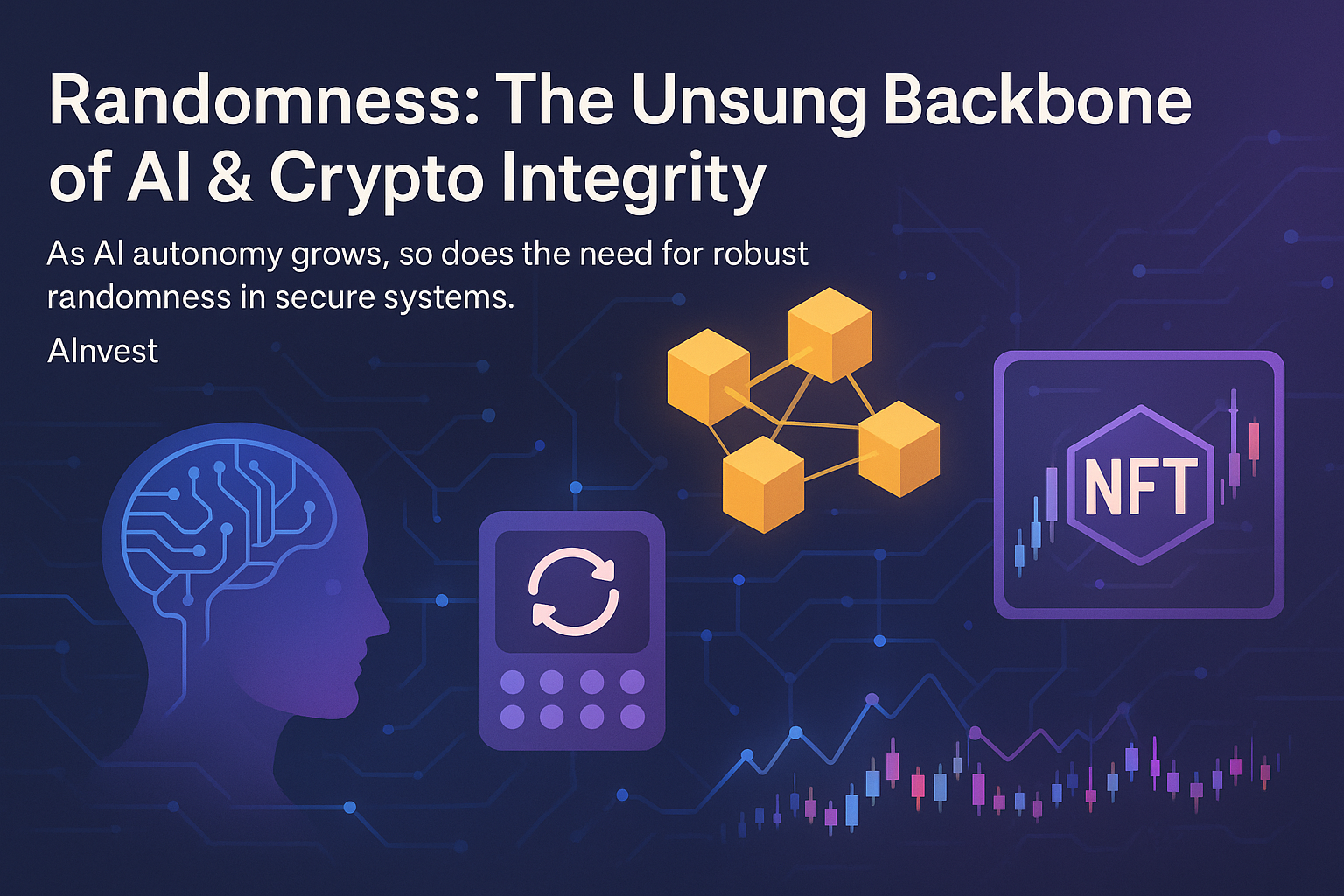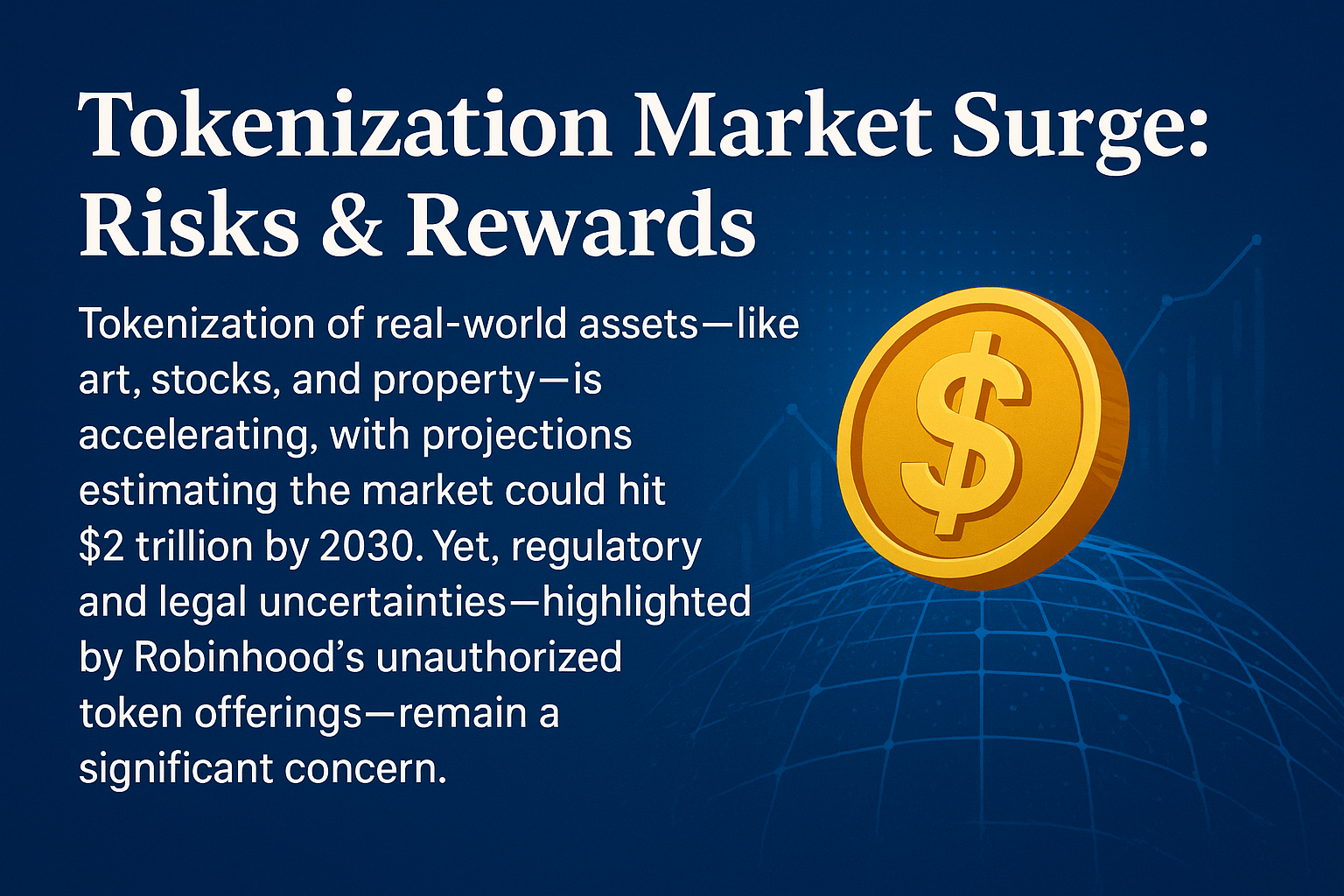As the world races ahead with AI-powered autonomy and crypto-fueled decentralization, there’s one critical element often overlooked: randomness. It’s not flashy like large language models or revolutionary like smart contracts—but it’s foundational. Without truly robust randomness, even the most innovative systems can be gamed, manipulated, or rendered insecure.
Why Randomness Matters in Modern Tech
Randomness is the engine behind fair lotteries, secure encryption, and even unbiased machine learning models. In traditional computing, we often rely on pseudorandom number generators (PRNGs)—algorithms that appear random but are deterministic if their initial seed is known. For many use cases, these suffice. But in blockchain and AI, where stakes are high and transparency is essential, pseudorandomness can be dangerously predictable.
That’s where quantum random number generators (QRNGs) come into play. These devices use the fundamental unpredictability of quantum mechanics to produce numbers that are genuinely random—unhackable, unrepeatable, and secure.
Crypto Use Cases: Fairness & Security
In the crypto space, randomness directly translates to trust. When an NFT airdrop occurs, the fairness of that distribution is only as strong as the randomness behind it. If one party can predict the outcome, they can rig the system in their favor—undermining the entire ethos of decentralization.
Likewise, decentralized games (GameFi) and metaverse economies depend on unpredictable outcomes to ensure fair gameplay. Tampered randomness ruins player trust and opens the door for cheating or exploitation.
And in financial prediction tools driven by AI, randomness helps avoid overfitting or manipulation by ensuring models are trained and tested on varied, unbiased data distributions.
AI & Randomness: A Quiet Partnership
Machine learning relies heavily on randomization—from initializing neural networks to shuffling datasets. But as AI moves toward more autonomous decision-making, especially in financial systems or sensitive governance applications, secure randomness becomes even more critical.
Consider an AI that allocates crypto-lending interest rates or one that optimizes carbon credit trading strategies. If the system’s randomness can be reverse-engineered, its outcomes can be predicted—or worse, influenced. That would not only harm investors but potentially cause systemic risks.
Building for the Future: QRNG and Beyond
Enter projects like Chainlink VRF (Verifiable Random Function), Algorand’s cryptographic sortition, and upcoming QRNG-integrated blockchains. These technologies aim to bring transparency and verifiability to randomness itself.
With tools like these, we can finally prove—not just assume—that our systems are fair.
In a world increasingly driven by autonomous agents, decentralized systems, and algorithmic decision-making, randomness may be the last line of defense against bias, fraud, and centralization.
It’s time to stop thinking of randomness as just a math trick—and start seeing it as infrastructure.




